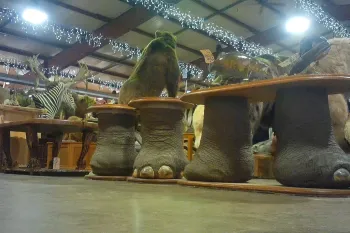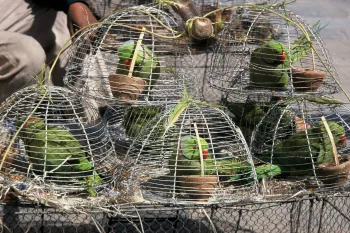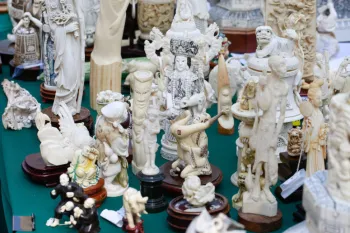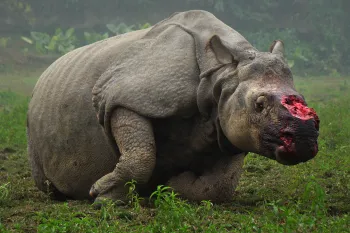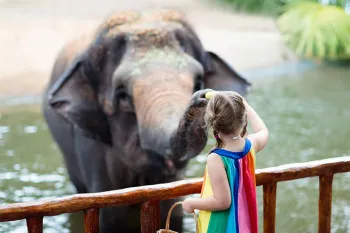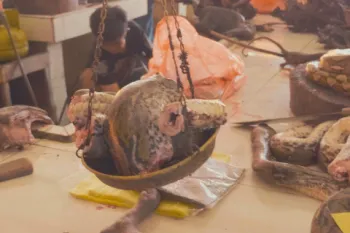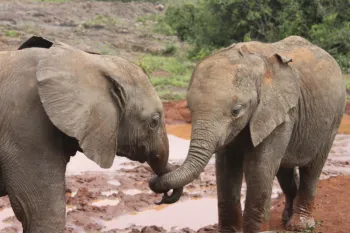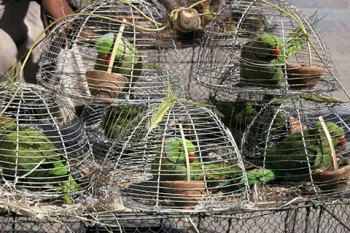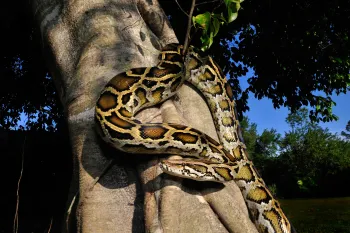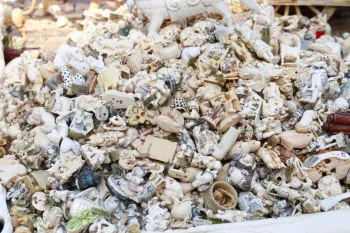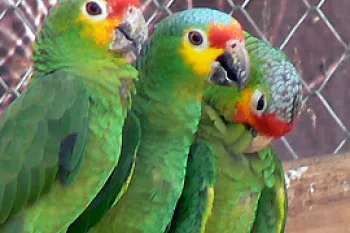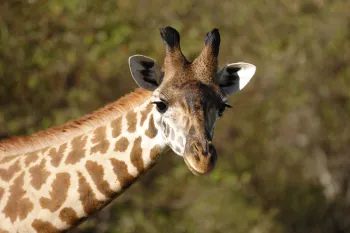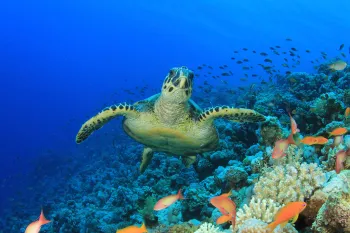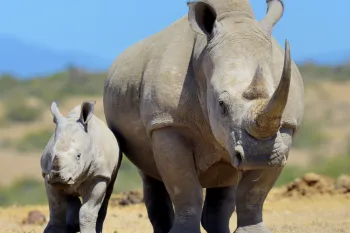The wildlife trade poses a major threat to wild animals across the globe. The trade puts a price tag on species, leading to unsustainable population declines and causing undue pain and distress to animals killed for their body parts or smuggled long distances for the pet trade. The illegal wildlife trade is now one of the most lucrative illicit markets in the world.
Photo by Trevor Mogg/Alamy Stock Photo/
Preventing a new pandemic
Unless countries worldwide ban the wildlife trade, experts say, it is only a matter of time before another pandemic as bad or even worse than COVID-19 hits us.
Exploited and endangered
Some species are increasingly at risk as they continue to be used and sold, either alive or for their parts. Populations are devastated and the methods used to capture, transport and kill animals can cause tremendous suffering.
Did you know?
exchanges hands in the wild animal trade globally each year, an amount second only to arms and drug smuggling
are killed before they reach three months of age in the Canadian harp seal slaughter each year
are estimated to live in the United States—but fewer than 400 of them can be found in accredited zoos
David Keith Jones/
Animals are not trophies
In the U.S. alone, trophy hunters kill more than 100,000 native carnivores every year. Take action to stop this cruel and unnecessary practice.
Start saving lives today
For a limited time, your gift can go three times as far to help animals in need thanks to a group of generous donors. Will you be a hero for animals who desperately need your help?
Meredith Lee/Humane World for Animals

